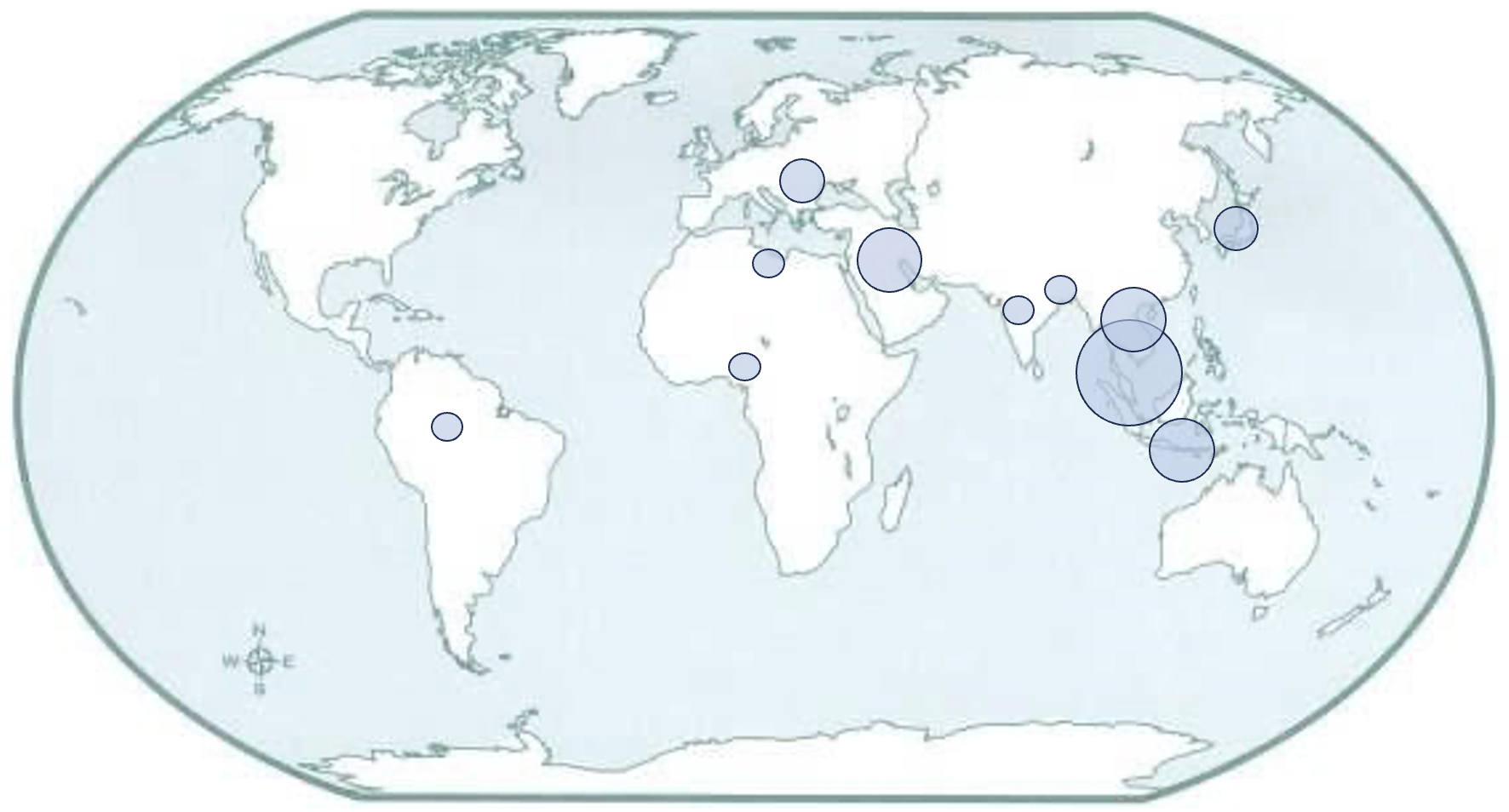Journal of Advanced Research in Micro and Nano Engineering is a peer-reviewed international journal, collects original contributions in all major area of micro- and nano engineering. The journal covers fundamental and applied research in all disciplines of science, engineering and medicine. Scope of the journal includes materials synthesis, processing, fabrication, spectroscopy, properties, biological systems, micro- and nanostructures, theory and computation, etc.
About the Journal
The Journal of Advanced Research in Micro and Nano Engineering (ISSN:2756-8210) is moved under new publisher
Beginning Volume 24, the journal is moved under Semarak Ilmu Publishing, Click Here
Most Cited Article (Source: SCOPUS)
Effects of Solar Radiation and Viscous Dissipation on Mixed Convective Non-Isothermal Hybrid Nanofluid over Moving Thin Needle, Sultana Jahan, M. Ferdows, MD Shamshuddin, Khairy Zaimi
Preparation of Zinc Oxide Nanoparticles and its Cancer Treatment Effects: A Review Paper, Hemra Hamrayev, Kamyar Shameli, Mostafa Yusefi
Performance of Solar Thermal Collector Using Multi-Walled Carbon Nanotubes: Simulation Study, Omer A. Alawi, Haslinda Mohamed Kamar
Publishing Model
Open access
Article Processing Charge (APC)
All articles published in this journal are open access and freely available online, free to download, share and re-use. To cover the cost of providing open access, Akademia Baru charges an Article Processing Charge (APC) once an article is accepted for publication. There are no charges for rejected articles, no submission charges, and no surcharges based on the length of an article, tables, figures or supplementary data.
The APC charged for accepted articles;
RM2500 (International Corresponding Author) or RM2000 (Malaysian Corresponding Author).








